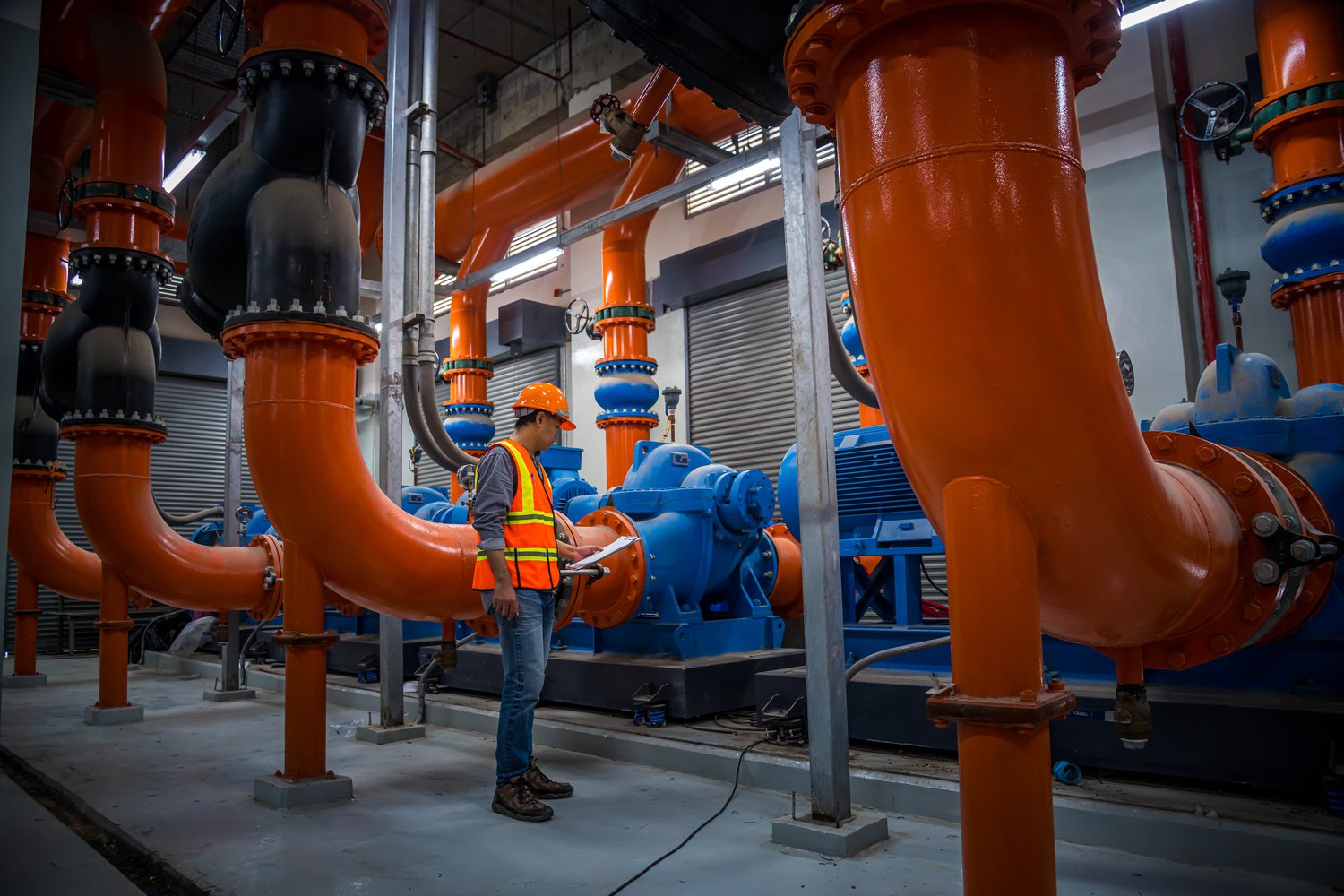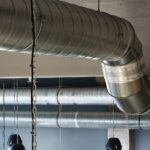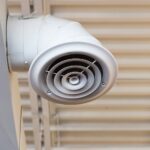Hot water recirculation systems are pivotal for energy efficiency and comfort in modern homes. Yet, when pumps and sensors malfunction, they can disrupt your entire hot water supply, leading to inconvenience and increased energy bills. Understanding these issues can make a vast difference in maintaining system efficiency.
- Delve into the mechanics of hot water recirculation systems to see how pumps and sensors are integral to their operation.
- Identify common pump malfunctions, such as noise and inconsistent flow, and learn how to address them effectively.
- Discover how sensor failures can impact hot water availability and find solutions to rectify these issues.
- Explore preventative maintenance techniques that extend the life of your system and prevent costly repairs.
- Uncover the latest innovations in pump and sensor technology that are setting new standards in performance and efficiency.
This article is a must-read for those looking to enhance their understanding of hot water recirculation systems, offering practical insights and advanced solutions to ensure your system runs optimally. Dive in and equip yourself with the knowledge needed to tackle pump and sensor challenges head-on.
Understanding Hot Water Recirculation System Problems: Pump and Sensor Solutions
Hot water recirculation systems are integral to maintaining an efficient and convenient supply of hot water in modern homes and commercial buildings. At the heart of these systems, pumps and sensors play a pivotal role in ensuring timely and consistent hot water delivery. However, like any mechanical system, they can encounter issues that disrupt performance and efficiency.
Pumps are responsible for moving hot water through the plumbing system, minimizing the wait time for hot water at the tap. Meanwhile, sensors work by monitoring temperature and system pressure, helping to regulate flow and energy consumption. If either of these components malfunctions, it can lead to increased energy bills, water wastage, and reduced comfort for users.
Understanding the potential problems with pumps and sensors is crucial for timely intervention and maintenance. By doing so, property owners can avoid costly repairs, save on energy costs, and ensure a reliable hot water supply. This understanding also helps in identifying whether an issue can be resolved with troubleshooting or if it requires professional service.
Common Pump Malfunctions in Recirculation Systems
Pumps in hot water recirculation systems can experience several common malfunctions that affect their performance. One frequent issue is noise, which may indicate problems such as air in the system or a failing bearing. Vibrations are another concern and can stem from loose components or improper installation.
An inconsistent flow of hot water is yet another issue, often caused by a malfunctioning pump or blockages within the plumbing. When faced with these problems, it’s important to conduct a thorough inspection. Check for loose fittings, leaks, or debris that might obstruct the flow.
Professional intervention may be required if these issues persist after basic troubleshooting. Professionals can conduct more in-depth diagnostics to determine whether a repair or replacement is necessary, ensuring your system operates efficiently and reliably.
Sensor Failure in Hot Water Recirculation Systems: Solutions
Hot water recirculation systems rely heavily on sensors for efficient operation. Sensors are crucial in monitoring water temperature and flow, ensuring that hot water is readily available when needed.
However, sensor malfunctions can significantly impact both hot water availability and energy efficiency. A common issue is incorrect temperature readings, which can lead to inadequate hot water supply or excessive energy consumption as the system overcompensates.
To tackle sensor-related problems, start with a thorough diagnostic of the sensor. Ensure it is properly calibrated and free from obstructions. Regular cleaning of the sensor can prevent residue buildup that affects accuracy.
Replacing outdated or faulty sensors with modern, high-precision alternatives can be a cost-effective solution. These newer sensor models are designed for enhanced accuracy and durability, minimizing future errors.
Additionally, integrating smart technologies such as IoT-based monitoring systems can aid in early detection of sensor anomalies, enabling timely corrections before they escalate into significant issues.
Preventative Maintenance for Hot Water Recirculation: Pump and Sensor Solutions
Implementing a robust preventative maintenance routine is essential for avoiding the common issues associated with pumps and sensors in hot water recirculation systems. Regular maintenance not only reduces the likelihood of breakdowns but also extends the system’s lifespan, offering energy savings and operational efficiency.
Begin by routinely inspecting the pump for signs of wear and tear. Check for unusual noises or vibrations, as these can indicate underlying mechanical issues. Lubricating the pump components can prevent friction and ensure smooth operation.
For sensors, regular calibration checks are vital to ensure they provide accurate readings. Periodically clean the sensors to prevent any build-up that might affect their performance.
Incorporate a scheduled inspection by a professional technician to assess the system comprehensively. This will help in identifying potential problems early and applying the necessary fixes.
Utilizing high-quality components and parts can also play a significant role in maintenance. Investing in top-grade pumps and sensors minimizes the frequency of malfunctions and enhances the overall reliability of the system.
By adopting these maintenance practices, you can prevent costly repairs and maximize energy efficiency, ensuring your hot water recirculation system operates at its peak performance.
Innovations in Hot Water Recirculation: Advanced Pump and Sensor Solutions
In today’s fast-paced world, optimizing home systems for energy efficiency is more important than ever. When it comes to hot water recirculation, technological advancements have paved the way for innovations that significantly enhance both performance and efficiency.
One of the standout innovations in hot water recirculation systems is the introduction of smart pumps. These pumps are equipped with intelligent features that adapt to your household’s usage patterns. By understanding when and how much hot water is required, smart pumps minimize energy usage, reducing both operational costs and environmental impact.
Meanwhile, advancements in sensor technology have also revolutionized the way recirculation systems operate. Modern sensors are now capable of providing precise temperature readings, ensuring that hot water is available exactly when needed without wastage. This precision not only enhances user comfort but also plays a crucial role in conserving energy.
Furthermore, integrating Internet of Things (IoT) capabilities into these systems has opened new avenues for remote management and diagnostics. Users can now monitor their hot water recirculation system’s performance through mobile apps, receiving alerts about potential issues before they escalate. This proactive approach can drastically reduce the need for costly repairs.
The advent of variable speed technology in pumps is another groundbreaking innovation. Unlike traditional pumps that operate at a single speed, variable speed pumps adjust their speed to match the demand for hot water within the system. This adaptability not only extends the lifespan of the pump but also enhances overall efficiency, leading to greater savings on utility bills.
These advanced pump and sensor solutions are the future of hot water recirculation systems. By investing in these innovations, homeowners can enjoy a seamless hot water experience that aligns with modern energy conservation goals. Staying informed about these developments will empower you to make smarter choices for your home’s plumbing needs.
Frequently Asked Questions about Hot Water Recirculation Systems
Why is my hot water recirculation pump making noise?
A noisy pump may indicate air in the system or worn components. Check for trapped air and ensure the pump is properly lubricated.
How can I tell if my recirculation pump is failing?
Look for signs of vibration, inconsistent water flow, or excessive noise. If these issues persist, consult a professional.
What causes sensor failure in recirculation systems?
Sensor failure is often due to faulty wiring or incorrect calibration. Ensure the sensor is installed correctly and calibrated according to the manufacturer’s specifications.
How often should I perform maintenance on my hot water recirculation system?
Regular maintenance should be performed every 6 to 12 months, focusing on cleaning pumps, checking sensor calibration, and inspecting for leaks.
Are there innovations that improve recirculation system efficiency?
Yes, new technologies include energy-efficient pumps and advanced sensors that offer better performance and control. Explore options that best fit your system’s needs.





